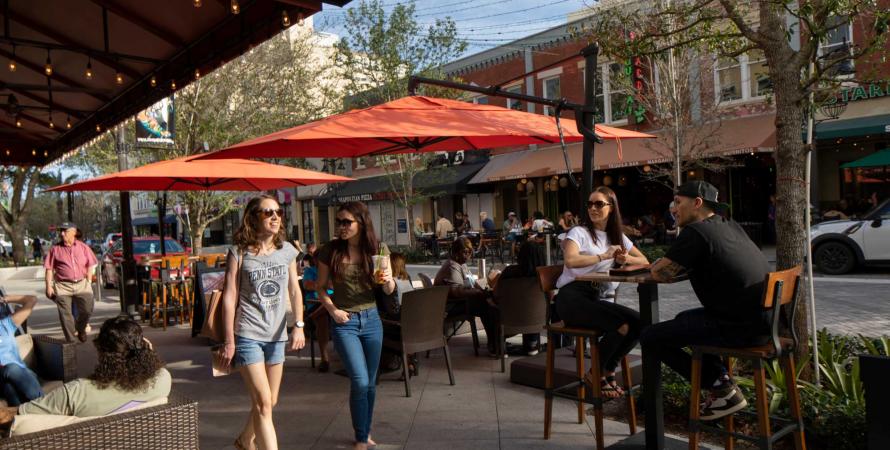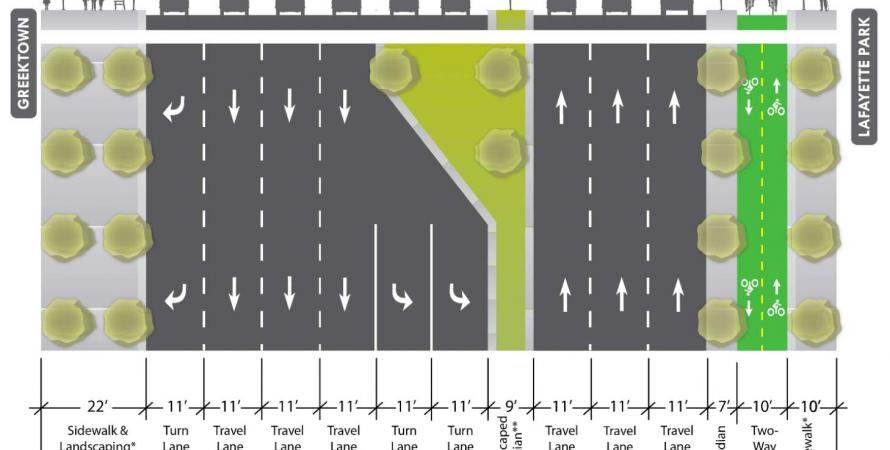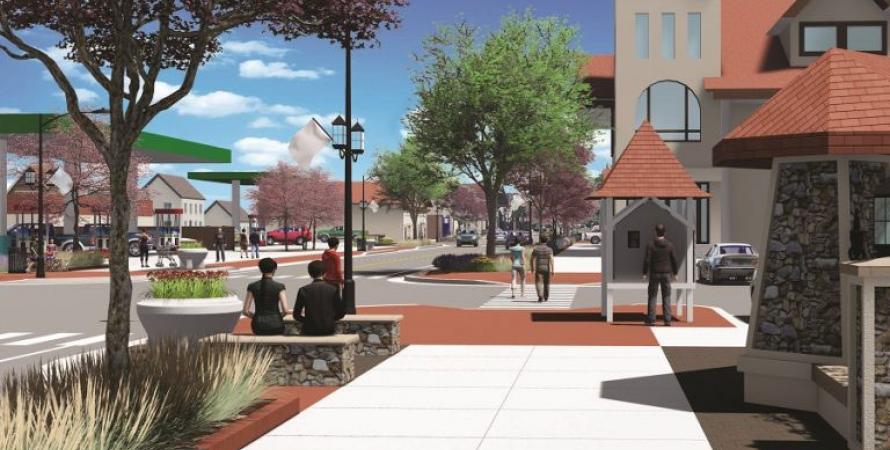-

The rise of pedestrian-first streets
The woonerf is coming of age as a thoroughfare type, allowing streets to take center stage as public spaces.Call them “woonerfs,” or “shared space,” these are skinny streets where motor vehicles may be allowed—but play second-fiddle to human-powered transportation. These streets often have no vertical curbs and are designed so that drivers feel comfortable only going very slow—5 or 10 mph. “Blurring the...Read more -

Reduced demand is just as important as induced demand
It's time to use the idea of reduced demand where it has the potential to improve a city's economy, society, and mobility.Induced demand is a well-known and generally acknowledged principle of road building, and may be summarized by the famous line from movie Field of Dreams : “Build it and they will come.” When substantial new road capacity is built, people will change their behavior—perhaps moving to a community...Read more -

How DOTs can help Main Street
The nation’s more than 7,600 Main Streets are hurting. Nobody knows exactly how much. At some point in 2021, when the vaccine has become available to everybody and the numbers of Covid cases plummet, we will collectively look around American downtowns and see how many businesses are closed for good...Read more -

My Christmas wish: A return to street grids
As an urbanist, I ask Santa to bring America a renewed interest and understanding of the importance of street grids (more precisely, connected networks of streets with relatively small blocks). That may be a tall order for Santa, but I have been good and grids are good. This basic infrastructure...Read more